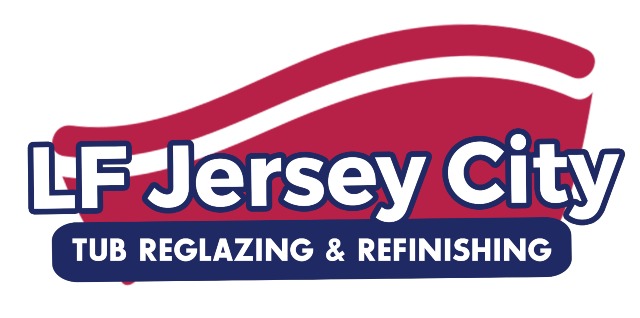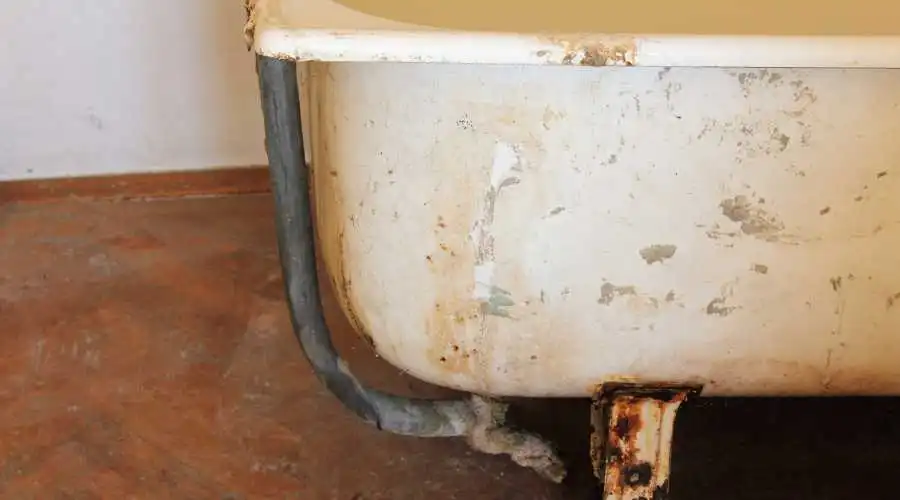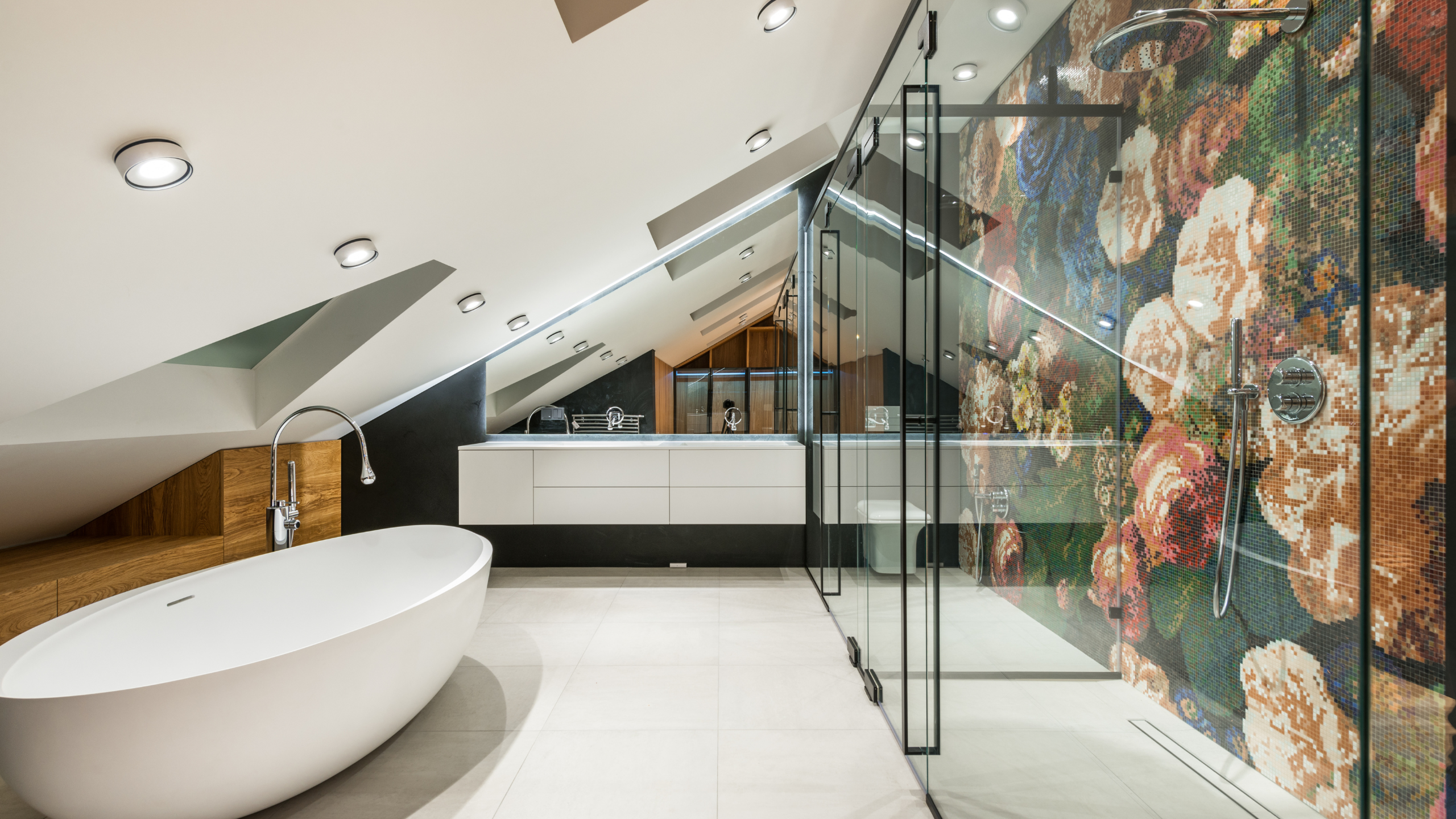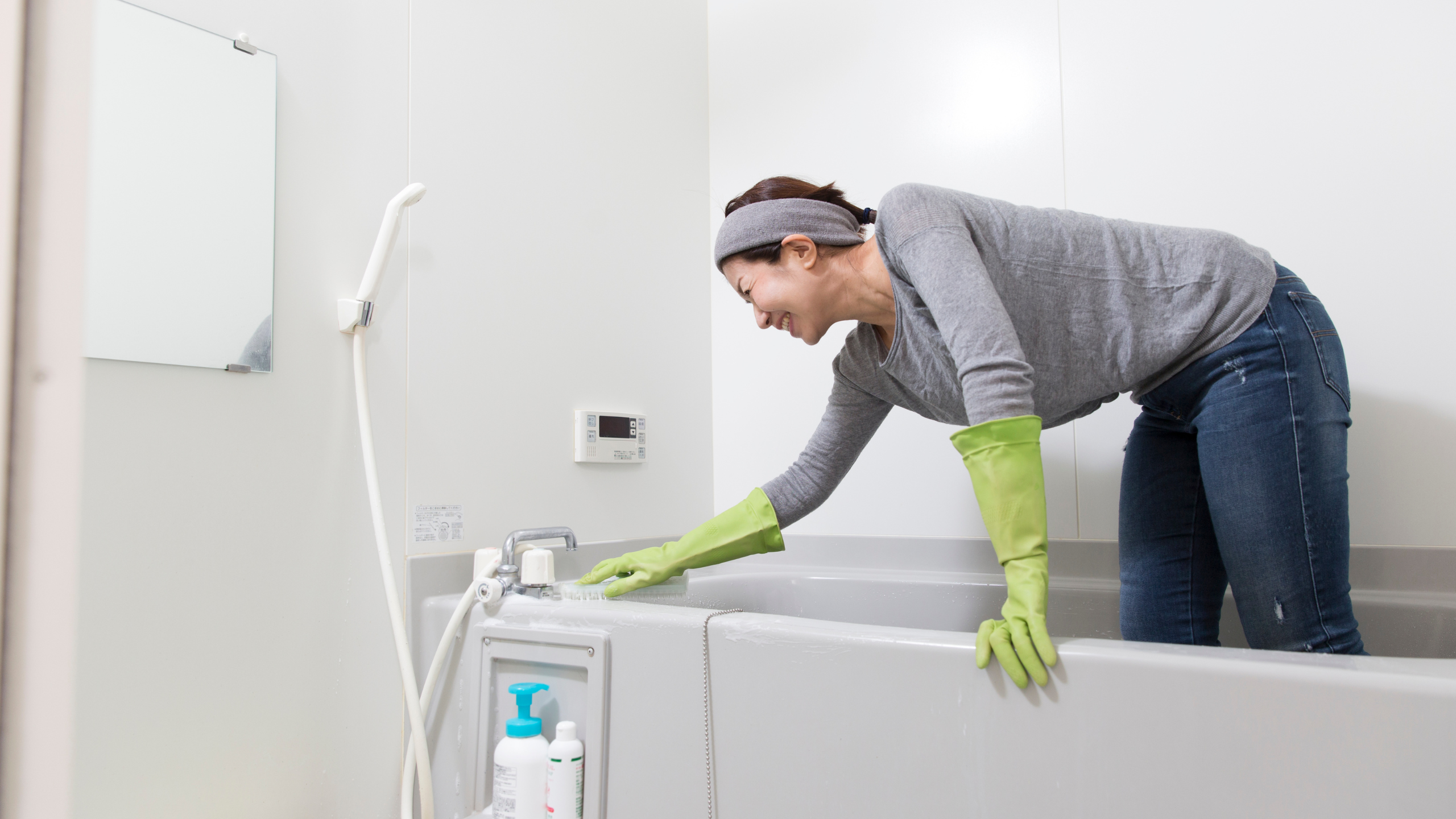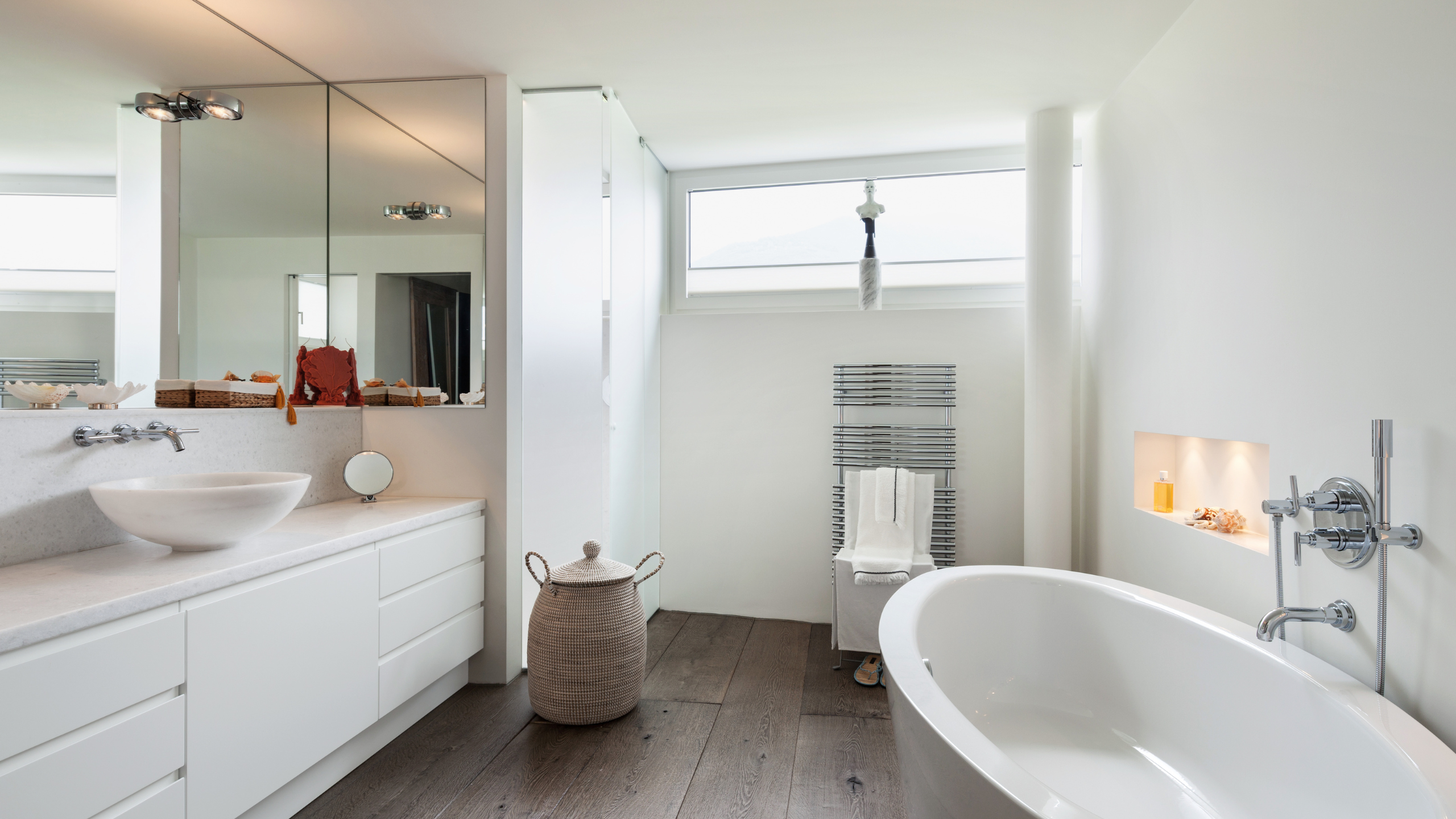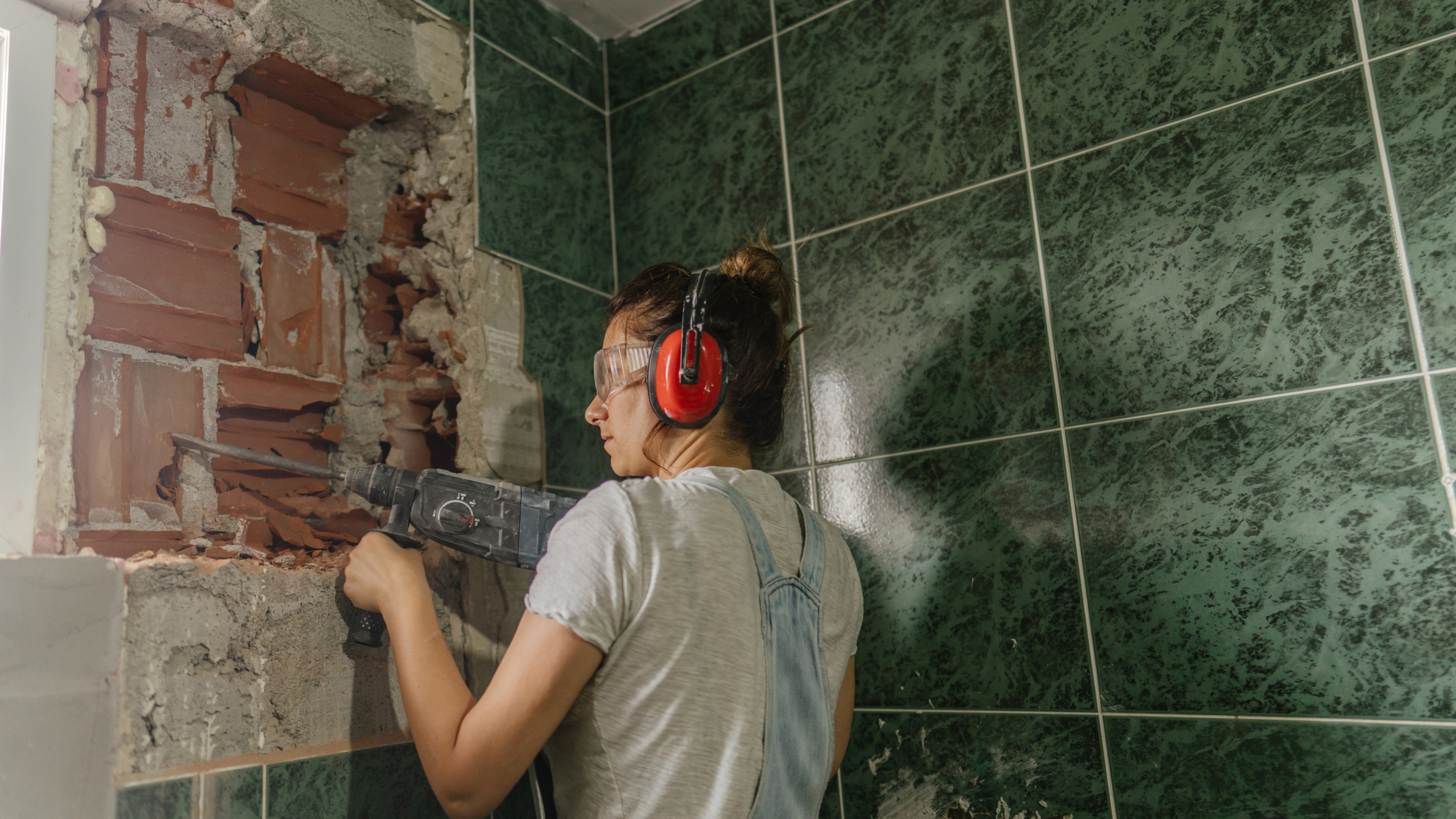More frequently than not, water passing through rusted galvanized pipes will cause the majority of the rust in bathtubs. Because of mineral and iron residues that are left on the surface when you use hard water at home, rust may develop. When a new tub is installed, this buildup can significantly shorten the time it takes until tub resurfacing is required.
It’s also critical to realize that bathtubs are made of a variety of materials, including acrylic, porcelain, and enamel. Various cleansers have an impact on how these materials respond.
While enamel bathtubs will be harmed by acids like vinegar, most acrylic bathtubs are quite vulnerable to bleaching. Because of this, you ought to clean your bathtub in accordance with the materials that it was made of. Before removing any rust stains from your tub, spot-test your cleaning supplies and methods on a tiny portion of the surface.
Because of this, this tutorial emphasizes the critical measures you should take to efficiently remove rust from your bathroom. Tub resurfacing is always an option if the issue has become too big to handle.
Inspect Your Tub
Investigate whether the discoloration on your tub is indeed rust before identifying the cause and figuring out how to cure it. It’s possible that soap scum and hard water stains are corroding your fixtures in some circumstances, giving the appearance of rust. The presence of stain rather than rust is indicated if the enamel of your tub shows no evidence of erosion and the bare metal is not visible.
The wonderful thing about stains is that, with the proper cleaning supplies, they may be effectively removed.
Find the Cause
When rust is what you see and not a stain, it is advisable to try to identify rust-related treatments. As one of the main causes of rust, the first thing you need to do is determine whether the bare metal of your bathtubs is exposed. Your bathtub’s underside is most likely where you may first notice rust issues.
Because you need an access panel to enter this portion of your bathtub, it can be challenging to get in there. In the event that you lack an access panel, you can always hire a specialist to have one installed. You might also think about making a hole in your drywall, which might be beneficial.
Best Solutions for Your Rust Issue with Tub Resurfacing
You can take care of the rust issue on your own if it hasn’t negatively impacted your bathtub’s components. For resurfacing, however, you should hire a specialist. Because they are skilled in handling and getting rid of rust, You should consider refinishing experts’ services. You can count on them to efficiently refinish your tub, providing you with a longer lifespan.
In Conclusion
Rusts are caused by a chemical reaction, specifically when iron or an iron alloy, such as steel, is exposed to moisture and oxygen over an extended period of time. There is a good probability that you will have to pay a significant amount for repairs in the future if there is a buildup of rust in your bathtub and you don’t take the essential steps to ensure that you remove it as soon as possible.
Hiring a restoration professional, such as LF Jersey City Tub Reglazing, is the finest approach to handling your bathtub rust issue. Along with their proficiency in eliminating rust, they will ensure that they identify the source of the issue and, if necessary, repair new parts. A guarantee is typically offered by professionals, so if your issue persists, you can take advantage of it.
